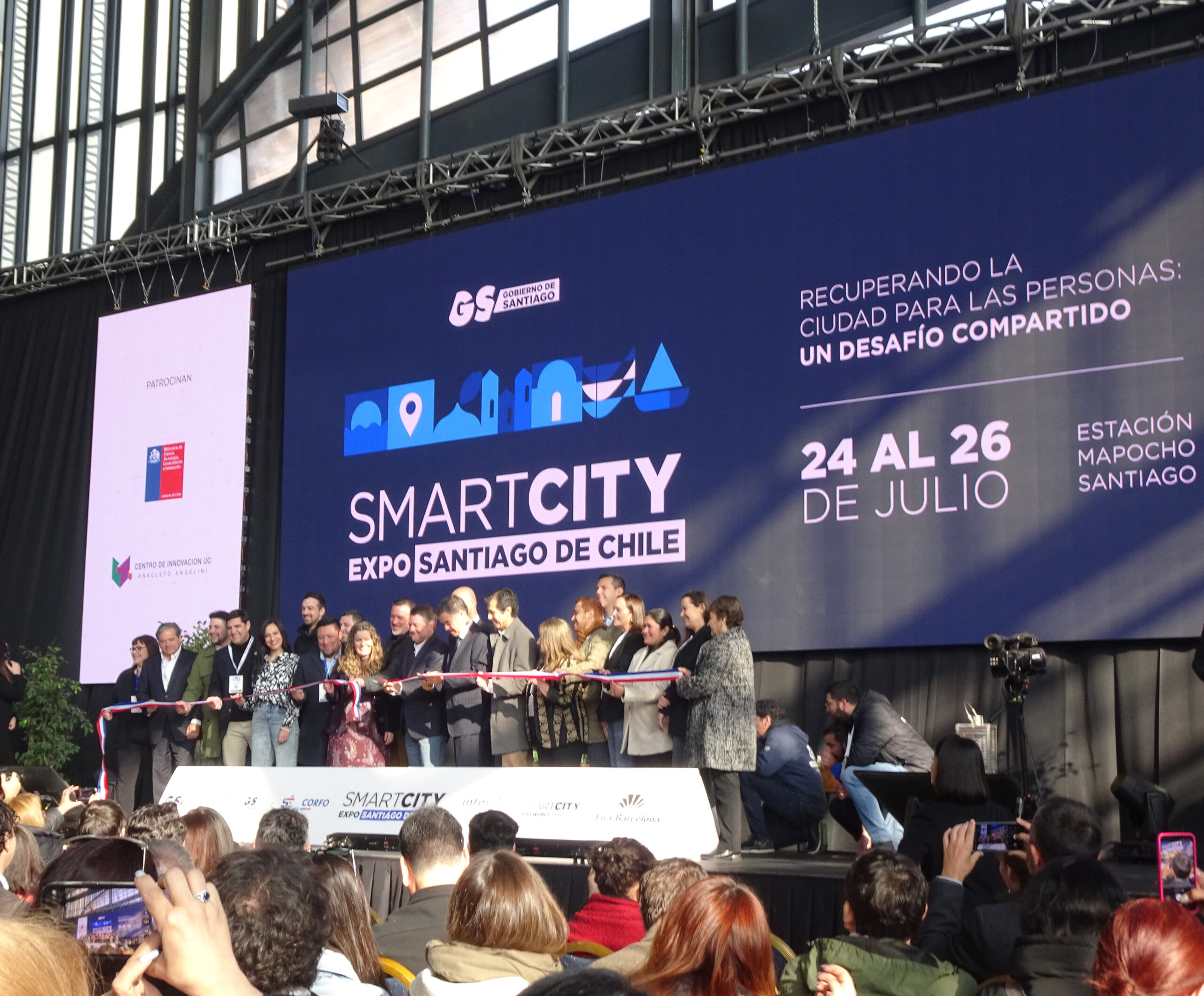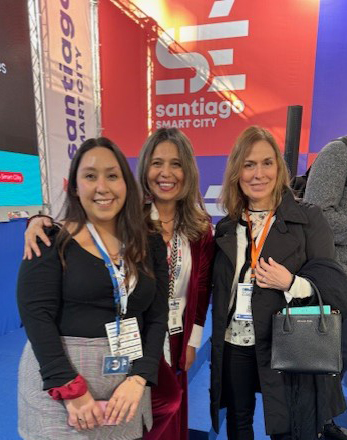While governments and institutions are tasked with establishing regulatory frameworks to enhance urban resilience, residents play a vital role by participating in community projects, emergency response efforts, and providing feedback on public services and infrastructure. Collaboration helps institutions improve management practices and promote participation in local governance and urban planning processes.
The aspect that is important to analyze is the significant digital divide that the pandemic has aggravated, highlighting the disparity between those with access to Information and Communication Technologies and those without. This gap has had a profound impact on education and social services, resulting in substantial inequalities. It is necessary for governments and institutions to invest in expanding internet infrastructure, especially in underserved areas, and to develop policies to make the internet more affordable and accessible to everyone. On the other hand, implementing digital literacy programs within the community can help bridge the skills gap; as well as initiatives to provide devices and tools to those who need them.
In addition, educators around the world are increasingly integrating sustainability into K-12 education systems. Many schools and educational programs are incorporating sustainability into their curricula to raise awareness about environmental issues, ensuring that all the concepts and knowledge are being provided to the youngest. This can include topics such as environmental science, climate change, renewable energy and consumption, waste reduction and recycling, sustainable living and encouraging the development of connections with the environment.
Illustration: AI generated by Microsoft Copilot.
Turning Vilnius into a Classroom: Innovative Education in Action
“Vilnius is a School” project is an innovative education initiative in Vilnius, Lithuania, that was one of the winners of the 2021-2022 Bloomberg Philanthropies Global Mayors Challenge for its innovative approach to K-12 education. The city leveraged lessons learned during the pandemic to create more resilient education models, particularly by utilizing the concept of the “city as a classroom.” The approach integrates urban spaces into educational experience, turning the entire city into a learning environment, encouraging students to engage in their surroundings, fostering practical learning and experiential learning, i.e. a history class might be held in the Church of St. Anne, while a mathematics class could take place on city streets. The goal is to promote creative thinking, real-life skills, and a deeper connection to the city. The project also includes an e-platform where teachers can book spaces and share classes, and it aims to conduct at least 10% of classes in public spaces within three years.
The initiative aims to build a more adaptable education system that can withstand disruptions like those experienced during the pandemic. This includes flexible learning environments and the use of digital tools to ensure continuity of education. For these types of programs to be successful, it is necessary that:
Governments and institutions invest in expanding internet infrastructure, especially in underserved areas.
- Policies are implemented to make internet access more affordable for low-income households.
- Community-based programs are developed to improve digital literacy.
- Initiatives are launched to provide devices for those in need, ensuring more equitable access to technology.
In conclusion, enhancing urban resilience requires a multifaceted approach involving both institutional frameworks and active community participation.
Resources
The Internet and the Pandemic | Pew Research Center
Bloomberg Philanthropies Announces 15 Winners of the Global Mayors Challenge | Bloomberg Philanthropies
Vilnius, Lithuania | Bloomberg Cities



